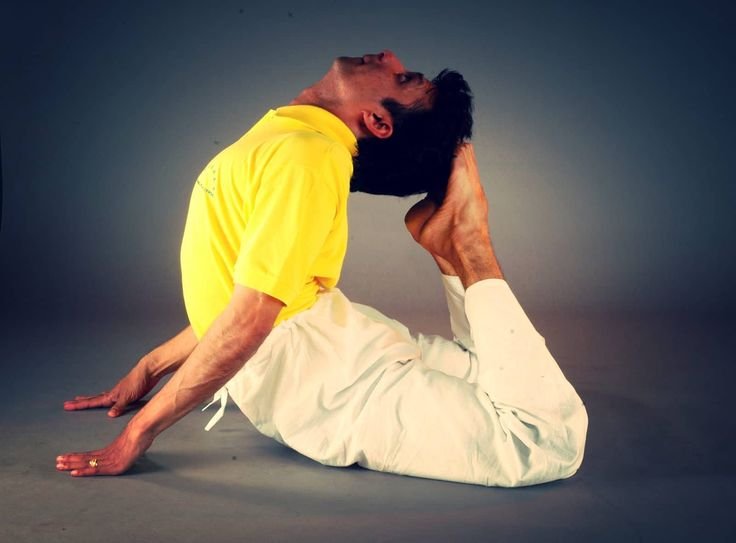Hot Yoga Postures: Benefits, Key Poses, and Safety Tips
Hot yoga is a type of yoga practice done in a heated room. The warmth helps your muscles stretch better and can make you sweat more, which some believe helps detoxify the body. This guide will walk you through the benefits, some key poses, and tips to stay safe and comfortable during hot yoga. The … Read more









